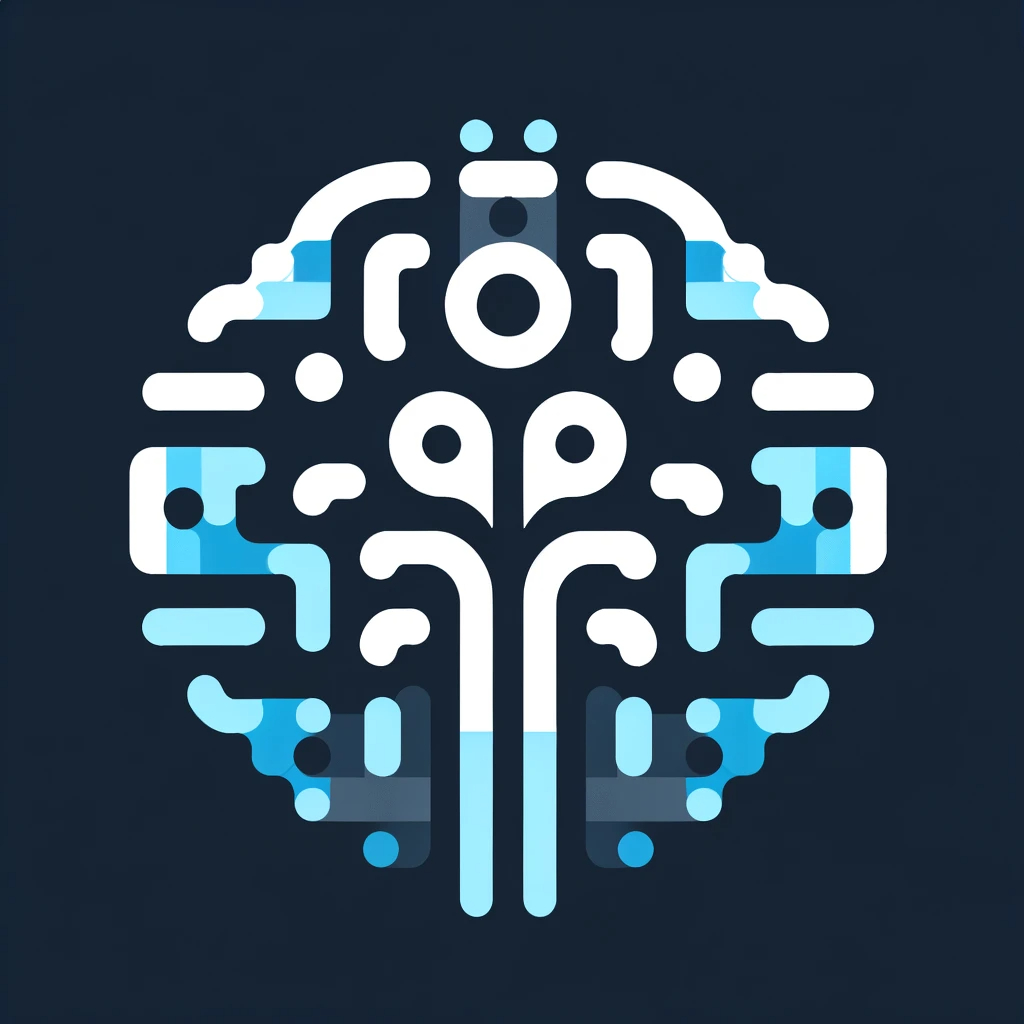This paper is available on arxiv under CC BY-NC-SA 4.0 DEED license.
Authors:
(1) H. Wen, Department of Economics, University of Bath;
(2) T. Huang, Faculty of Business and Law, University of Roehampton;
(3) D. Xiao, School of Mathematical Sciences.
Table of Links
Relevant Blockchain Technologies
Advanced Models for Real-World Scenarios
Future Investigations, and References
Abstract
In the era of digital markets, the challenge for consumers is discerning quality amidst information asymmetry. While traditional markets use brand mechanisms to address this issue, transferring such systems to internet-based P2P markets—where misleading practices like fake ratings are rampant—remains challenging. Current internet platforms strive to counter this through verification algorithms, but these efforts find themselves in a continuous tug-of-war with counterfeit actions.
Exploiting the transparency, immutability, and traceability of blockchain technology, this paper introduces a robust reputation voting system grounded in it. Unlike existing blockchain-based reputation systems, our model harnesses an intrinsically economically incentivized approach to bolster agent integrity. We optimize this model to mirror real-world user behavior, preserving the reputation system’s foundational sustainability. Through Monte-Carlo simulations, using both uniform and power-law distributions enabled by an innovative inverse transform method, we traverse a broad parameter landscape, replicating real-world complexity. The findings underscore the promise of a sustainable, transparent, and formidable reputation mechanism. Given its structure, our framework can potentially function as a universal, sustainable oracle for offchain-onchain bridging, aiding entities in perpetually cultivating their reputation. Future integration with technologies like Ring Signature and Zero Knowledge Proof could amplify the system’s privacy facets, rendering it particularly influential in the ever-evolving digital domain.
Keywords: blockchain, reputation system, sustainable oracle, agent, credit point, integrity-driven rating, incentive mechanisms, Monte-Carlo simulation
1. Introduction
Information asymmetry [1] introduces challenges for consumers trying to select products or services that best fit their needs. In traditional retail markets, consumers gravitate towards brands they trust based on personal experiences, the experiences of others, or advertisements [2]. Each brand embodies a certain value that can be monetized in open markets. Offering products or services that fall short of their targeted consumers’ expectations can diminish this brand value. These brand mechanisms [3] serve to benefit both consumers and producers in retail and even broader traditional market sectors [4].
With the increased convenience and diversity they provide, online products and services are becoming the preferred choice for many consumers. A notable trend in this domain is the rise of third-party P2P offerings on internet platforms [5]. This rapidly growing sector includes a wide array of services. Modern internet platforms such as Amazon, eBay, Taobao, Anyvan, ClickMechanic, and Mybuilder have transformed the way third-party service providers engage with consumers. Essentially, these platforms enable vendors to showcase their products or services, allowing customers to easily browse, compare, and purchase.
Central to these operations is the role of customer reviews. A high number of positive reviews can significantly boost the attractiveness of a vendor, influencing other potential customers’ purchasing decisions. Conversely, negative reviews can deter future sales. This significant influence has, however, paved the way for manipulative tactics. The prevalence of deceptive practices, such as fake ratings and click farming, is notably higher online compared to traditional markets [6, 7, 8]. For instance, some vendors might engage in ’review farming,’ where they either purchase their products to leave positive reviews or hire individuals to write misleadingly favorable reviews for them. On the darker side, there might be instances of vendors leaving malicious negative reviews for competitors to tarnish their reputation.
Hence, the establishment of reliable brand mechanisms presents substantial challenges. Given this scenario, verifying authentic consumer actions and crafting efficient reputation mechanisms become critical. While online platforms have the capability to employ algorithms to filter genuine from deceptive actions, thus allowing third-party producers to construct a legitimate reputation, the efficacy of such methods remains questionable. A persistent tension exists between the deceptive maneuvers of some third-party producers and the countermeasures introduced by platform verification algorithms. This dynamic essentially forms a cyclical battle. Present solutions might demand trade-offs, potentially compromising user privacy or other desirable attributes [9]. While machine learning offers a promising avenue [10], its implementation requires either an initial training phase with assured genuine user data or a substantial development period before it becomes truly effective.
The advent of blockchain technology, pioneered by Satoshi Nakamoto [11], and augmented by Nick Szabo’s concept of the smart contract [12]—brought to fruition by Vitalik Buterin through Ethereum in 2014 [13]—has paved the way for innovative on-chain reputation systems.[1] Oracles play a pivotal role in bridging the gap between the real-world and blockchain technology, as they provide the crucial link by which off-chain data can be accessed and utilized by on-chain smart contracts. This function is imperative given that blockchains natively cannot access information outside their network. In 2017, Chainlink introduced its oracle mechanism [14], significantly amplifying the capabilities of decentralized systems. Its renowned use-case for price feeds laid the foundation for the blossoming of Decentralized Finance [15, 16]. Essentially, oracles act as third-party intermediaries, relaying external data to smart contracts. Chainlink’s decentralized oracle network assures the authenticity and integrity of data relayed into the blockchain. This is achieved by sourcing data from a plethora of independent oracles and consolidating their responses, mitigating risks associated with singular data points and enhancing the reliability and security of smart contracts dependent on external data.
Yet, the functioning of these oracles primarily relies on incentive mechanisms, most notably vesting incentives—taking, for instance, the native asset ”Link” transitioning from non-circulation to circulation. Over a period, these incentives might have the potential to dilute the value for all participants. As the pool of these rewards nears depletion, apprehensions about the system’s enduring viability come to the fore. Successive enhancements, like Chainlink 2.0 [17], along with other contemporary solutions, have endeavored to surmount this challenge. Nonetheless, their effectiveness is a subject of continued discussion. While these refined models and strategies demonstrate potential, their ability to maintain prolonged and unwavering effectiveness remains under examination [18]. Hence, forging a truly sustainable oracle infrastructure becomes essential to fortifying the link between the real-world and blockchain technology.
Recent studies have illuminated various dimensions of blockchain technology, notably the blockchainbased reputation systems [19, 20]. While these endeavors are commendable, some of them appear more theoretical and might encounter challenges when catering to all dynamic agent[2] interactions. Others have opted for centralized selection of trusted nodes, potentially introducing vulnerabilities associated with single points of failure [21, 22, 23, 24]. Mechanisms aiming to emulate real-world settings sometimes lean on intricate processes for identifying agent types and monitoring their on-chain activities. These processes occasionally overshadow more direct incentive mechanisms that have demonstrated spontaneous efficacy [25]. Some proposed economic incentive structures seem to lean on increasing blockchain asset ”numbers”, which might be susceptible to dilution over time [26], instead of furnishing concrete advantages. As mechanism designs grow in complexity, they might inadvertently elevate intervention costs or introduce unpredictabilities. Relying heavily on uncertainties akin to those proposed by chaos theory [27]—inspired by the renowned ”Butterfly Effect” [28]—might tread on delicate ground.
While there appear to be promising solutions, such as ”Truth” [29]—a blockchain-aided reputation system aimed at obviating the need to trust e-commerce platforms and ensuring feedback authenticity and anonymity—the system is not without its potential shortcomings. ”Truth” introduces a hybrid model wherein the centralized e-commerce platform remains in charge of traditional trading services, but the blockchain oversees the authentication of feedback. Although ”Truth” presents an innovative approach to the age-old problem of authenticating e-commerce feedback, certain aspects warrant deeper scrutiny. For example, the paper does not adequately address the motivations that would drive consumers to engage in the feedback process. Understanding these incentives is vital for ensuring widespread adoption and sincere feedback. Furthermore, the system seems to overlook potential malicious behaviors by sellers, such as posting negative feedback against competitors or hiring fictitious consumers to generate positive reviews. While transactions may take place through the prescribed channels, there is a potential for compensating these ”hired” consumers via alternative methods, thereby circumventing the system’s safeguards. For ”Truth” to fully realize its potential and to demonstrate its effectiveness in real-world settings, these concerns need to be addressed in future versions or research
Given these challenges, there’s merit in exploring a more streamlined, basic model that inherently incentivizes agent behavior integrity and fosters sustainability [30, 31, 32, 33, 34]. Initial evaluations of this model could employ Monte-Carlo simulations across vast parameter domains, capturing real-world intricacies. It’s essential to note that this rudimentary model need not capture every intricate detail of real-world scenarios. A basic reputation system, even if it offers only a singular credibility rating, can be invaluable in myriad applications. This value is realized when the reputation information it delivers is accurate and trustworthy, allowing users to rely on it rather than turning to other platforms that struggle to filter out low-cost fake ratings, as previously discussed.
Building upon a well-defined basic model foundation allows for iteration and enhancement. By integrating corrective components to the foundational equations, we can preserve core incentives while refining the model towards an everlasting reputation system to mirror real-world scenarios more accurately. Ensuring this model’s competitive advantage over other platforms or blockchain solutions amplifies its resilience and sustainability. This strategy not only highlights the model’s practical utility but, as adoption grows, leverages the network effect. Widespread integration of our system fortifies commercial barriers against replication, making it increasingly arduous for potential competitors to emulate our unique model and its benefits.
While the applications of the everlasting reputation system continue to expand across various domains and demographics, this system can function as a sustainable oracle network with demonstrated reliability. The integration of Ring Signatures [35, 36, 37, 38, 39] and Zero Knowledge Proofs (ZKPs) [40, 41, 42] can further enhance the privacy dimensions of such oracle mechanisms, especially in situations where privacy is paramount. Ring Signatures allow for digital signature from a group member without disclosing the identity of the specific signer. ZKPs represent an advanced cryptographic technique enabling agents to substantiate certain claims (like their assets or states) without disclosing the specifics.
The structure of this paper is organized as follows: Section 2 introduces the relevant blockchain technologies. Following this, the basic model is presented in Section 3, which lays the foundation for understanding the incentive mechanisms that promote self-motivated integrity among agents. We then refine this basic model in Section 4 to mirror real-world scenarios more closely, ensuring that the incentives for integrity-driven ratings are preserved. After building a robust theoretical base, Section 5 uses Monte Carlo simulations to validate our propositions, followed by a detailed analysis and discussion of the results. Our findings from the simulations are summarized in Section 6, where we underscore that our reputation system functions effectively as a universal sustainable oracle. Finally, potential directions for future research are proposed in Section 7.
[1] In our model, the term ”reputation system” is used generically to denote the alternative solution we propose. However, in practical application scenarios, it might also be referred to as a ”platform.” The two terms can be used interchangeably.
[2] In our model, we employ the term ”agent” to represent entities involved in the system. Conversely, in real-world application scenarios, we refer to them as ”users”. Throughout this paper, the term ”agent” is used in the context of the model while ”user” is employed in the context of real-world applications. Both terms can be considered interchangeable in many scenarios.

